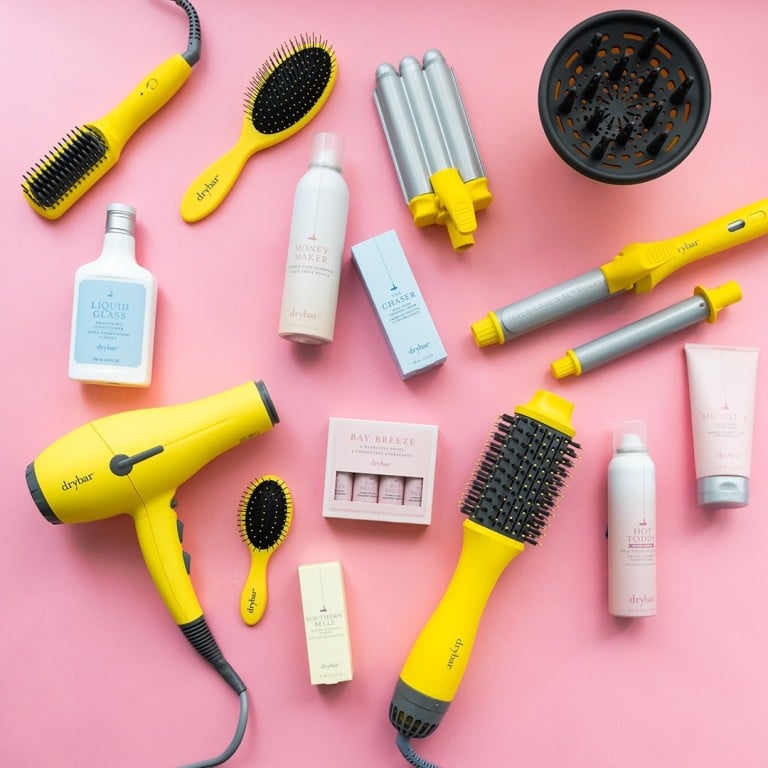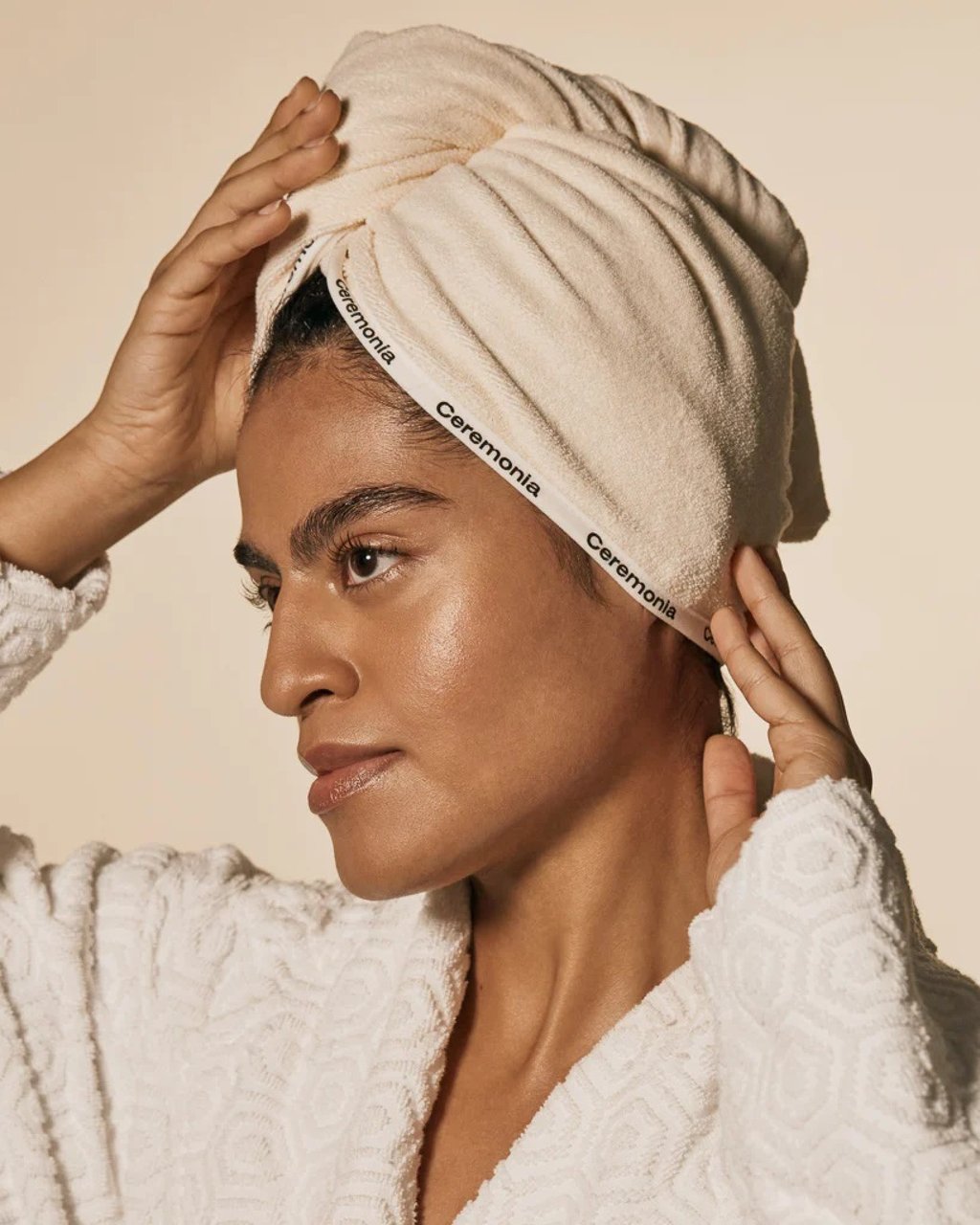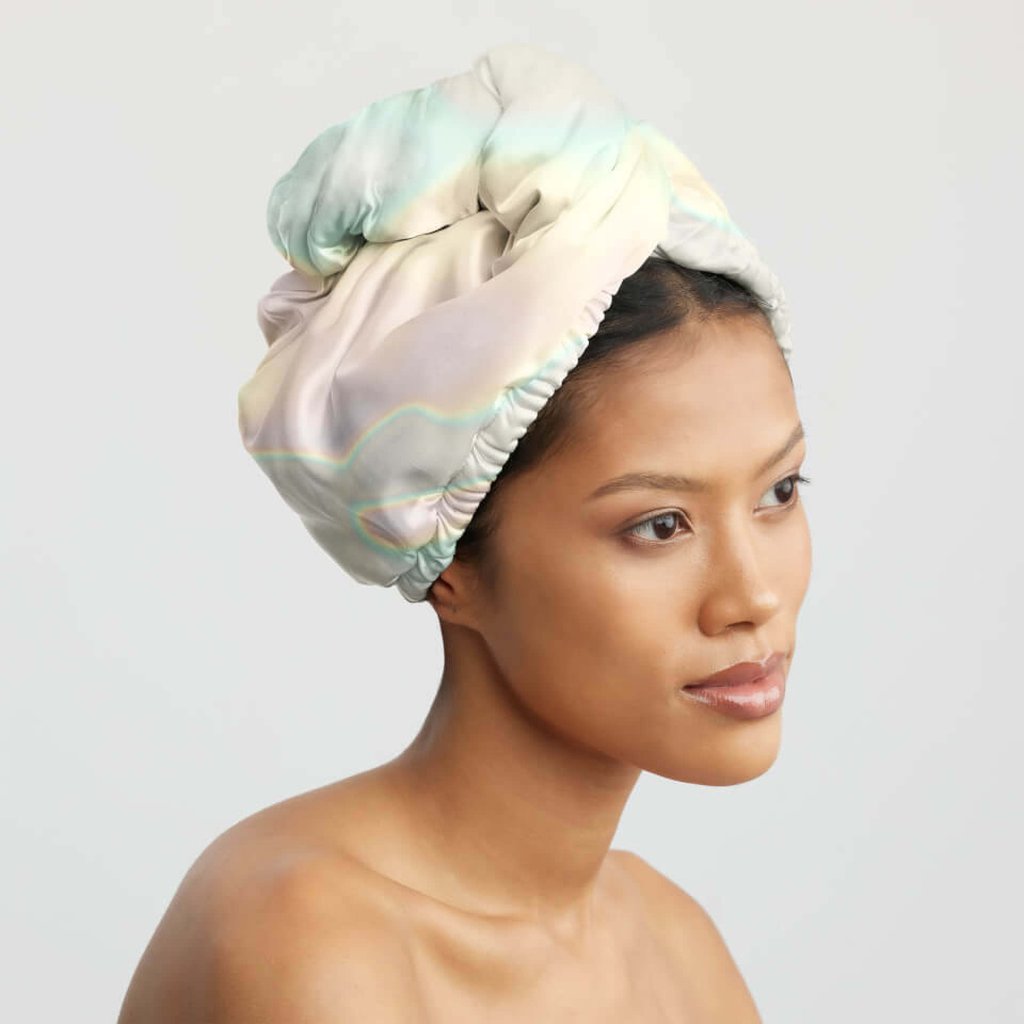The art of hair drying: from understanding your hair type to using heat protectants and the right kind of towel – advice and pitfalls to avoid in your day-to-day hair care

- Proper hair drying techniques can reduce frizz and enhance the hair’s natural beauty, while common missteps can lead to breakage, dullness and a diminished style – including towel drying
- According to hair stylist Carolina Pizarro, fine hair dries fast but risks heat damage easily, which means a gentle touch is needed, and thick hair asks for patience to dry
Drying your hair is as much an art as a science. While it might seem like a straightforward task, the method you use to dry your hair plays a crucial role in its health, appearance and manageability. From curly, voluminous locks to sleek, straight strands, every hair type presents its own set of challenges and needs when it comes to drying.

Specific hair needs
The proper techniques can prevent damage, reduce frizz and enhance your hair’s natural beauty, while common missteps can lead to breakage, dullness and a diminished style. But before finding the right routine, it’s key to understand your specific hair needs, as each hair type brings its own set of characteristics and requirements.
“Fine hair, for instance, dries fast but risks heat damage easily, demanding a gentle touch to avoid breakage and keep volume, while thick hair, with its strong structure, needs the patience to dry without frizz or damage,” says make-up artist and hair stylist Carolina Pizarro. To boost curls without losing moisture, use diffusers to keep its shape and health.
In contrast, “Straight hair, seeming simple to dry, needs care to prevent it from going limp or greasy, often doing well with low heat and a focus on sleekness and shine,” Pizarro adds.
Towel drying techniques
Towel drying is often where many accidentally contribute to hair damage. The key to towel drying, regardless of hair type, is to minimise friction and maximise moisture retention without causing unnecessary stress to the hair strands. “Using excessive force or hard rubbing can lead to cuticle damage, making the hair more susceptible to breakage, frizz and a dull appearance,” Pizarro says.

The material of the towel used for drying is equally important, with microfibre towels outshining traditional cotton ones. Their finer threads and softer texture cause less friction, lowering the risk of damage. Plus, microfibre towels are more absorbent, removing water more effectively to shorten drying time and reduce heat exposure.